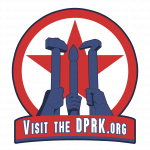Before the pandemic, I operated the largest travel agency specializing in tours to the Democratic People’s Republic of Korea (DPRK). My first visit to North Korea was 17 years ago (not to Rason), at a time when travel there was still an obscure and mysterious venture. Over the years, I developed a deep understanding of the country, its people, and the complexities that define it. North Korea has long intrigued the world, and for me, it became a place I frequently visited, hosting thousands of tourists through my agency.
Then came the COVID-19 pandemic, and with it, the complete closure of North Korea’s borders. For five long years, the country remained sealed off from the outside world. The possibility of returning seemed increasingly remote. It was a time marked by uncertainty, frustration, and logistical headaches. As someone who has always championed travel to North Korea, I spent the lockdown years actively pursuing opportunities to restart tourism. Every failed attempt to reopen the country felt like a setback, a fresh reminder of how isolated North Korea remained.
Finally, after years of waiting, the chance came. I was among the first five Western tourists to set foot inside North Korea in over five years. This trip was not just any return; it was a landmark moment in my career and for North Korea’s tourism prospects. The destination for this historic visit was Rason, a Special Economic Zone located in the northeastern corner of the country.
Why Rason and Not Pyongyang?
The choice of Rason as the entry point, rather than the capital Pyongyang, was largely out of necessity. Rason has always operated under a slightly different set of rules compared to the rest of North Korea. Established in the 1980s as a Special Economic Zone, it was designed to be the “Shenzhen of North Korea,” a hub to attract foreign investment and promote trade, particularly with China and Russia. The government hoped it would become a dynamic center for commerce and economic reform.
In reality, however, Rason has fallen short of those ambitions. Most joint ventures involving Chinese and Russian companies have been short-lived or ineffective. The country’s rigid Marxist-Leninist economic model has stifled meaningful development. Factories have opened and closed; investments have been tentative at best.
Still, Rason boasts some unusual successes. The Emperor Casino/Imperial Casino is a prime example. Catering mainly to Chinese gamblers, the casino represents one of the few high-profile projects that have drawn foreign visitors and investment. The casino has an odd history too. Stories abound of Chinese gamblers abandoning luxury vehicles like Hummers in the countryside after running out of funds, a testament to the sometimes surreal nature of the place.
Tourism in Rason has always been niche and limited. Typically, only about 20 tourists visit per year, a stark contrast to the hundreds or thousands who explore Pyongyang. Despite its small scale, understanding Rason is key to grasping the broader complexities of North Korea. It operates under different visa rules, and unlike the rest of the country, technically no visa is required to visit. This flexibility made Rason the only realistic point of entry when the country began reopening.
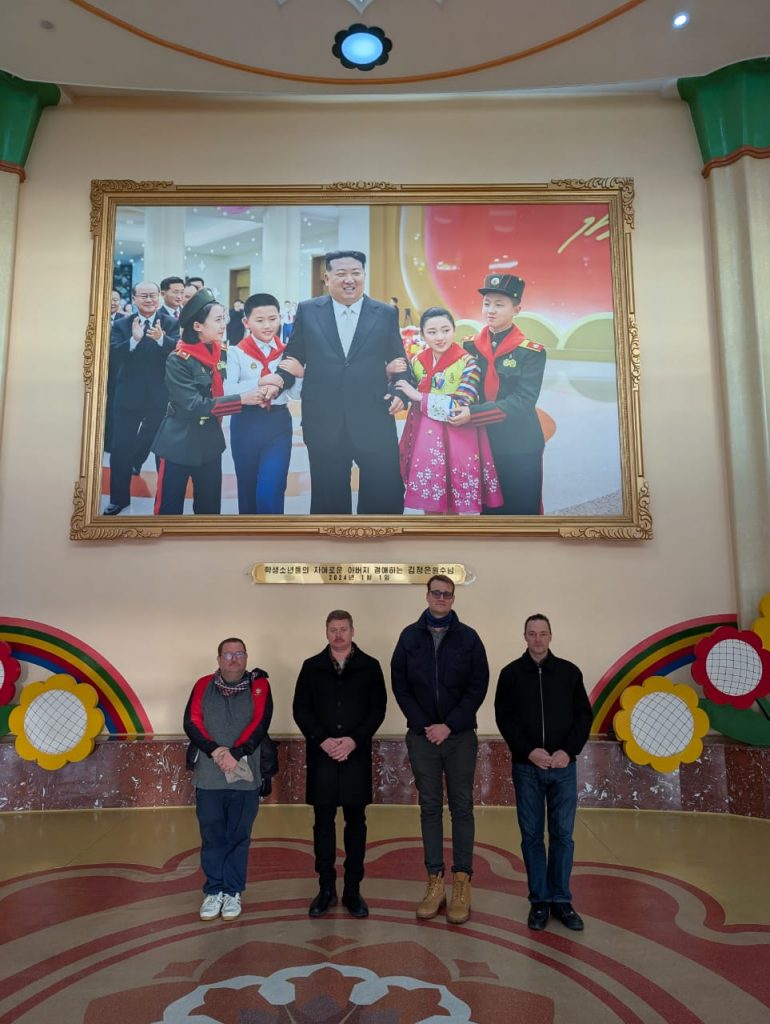
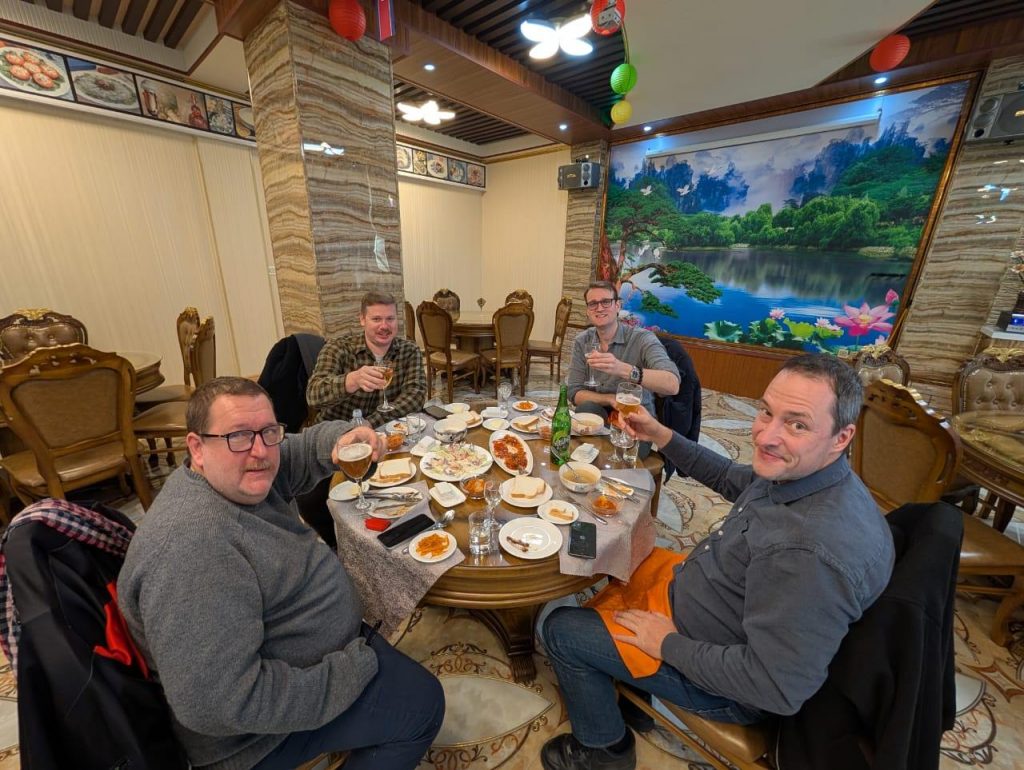
The Struggle to Reopen the Borders
We did not select Rason as a preference but rather because it was the only option. Previous attempts to enter North Korea via other border points such as Vladivostok or the Tumen River were repeatedly postponed or canceled. There was even a brief hope that the newly developed resorts near Mount Paektu might become accessible to tourists, but these plans never materialized.
Persistence was key. After many months of negotiations and delays, and with a little luck and diplomacy, we secured business visas. Our group began the journey in Yanji a Chinese city with a unique cultural landscape. Yanji sits near the borders of China, North Korea, and South Korea and is home to a large ethnic Korean population. It is a place where Korean culture blends with Chinese influence, and it carries a subtle but complex connection to the divided Korean peninsula.
That first night was spent drinking soju with our North Korean contacts, sealing the deal for our entrance into the DPRK. It was an unusual atmosphere, a mix of camaraderie and cautious optimism.
Crossing Into North Korea Through Hunchen
From Yanji, we traveled to the border town of Hunchen, located at the tri-point of China, Russia, and North Korea. The region feels stuck in time, a relic of Cold War tensions now softened but still visible in the local culture and politics.
Hunchen’s Russian-run restaurants were busy with locals and traders, a testament to the ongoing economic and social ties among the three countries. The Cold War legacy has morphed into a “Cold War 2.0,” where alliances and competition continue but with different stakes.
Crossing the border was slow but routine. Chinese traders filled the crossing point, looking to exploit the relative ease of movement in this remote part of the world. As the only Chinese speaker in our group, I handled much of the questioning from guards and traders.
The process took over four hours, but eventually, I became the fourth foreign tourist to enter North Korea in more than five years. My colleague Rowan Beard crossed first, an honor reflecting our shared efforts to revive tourism.
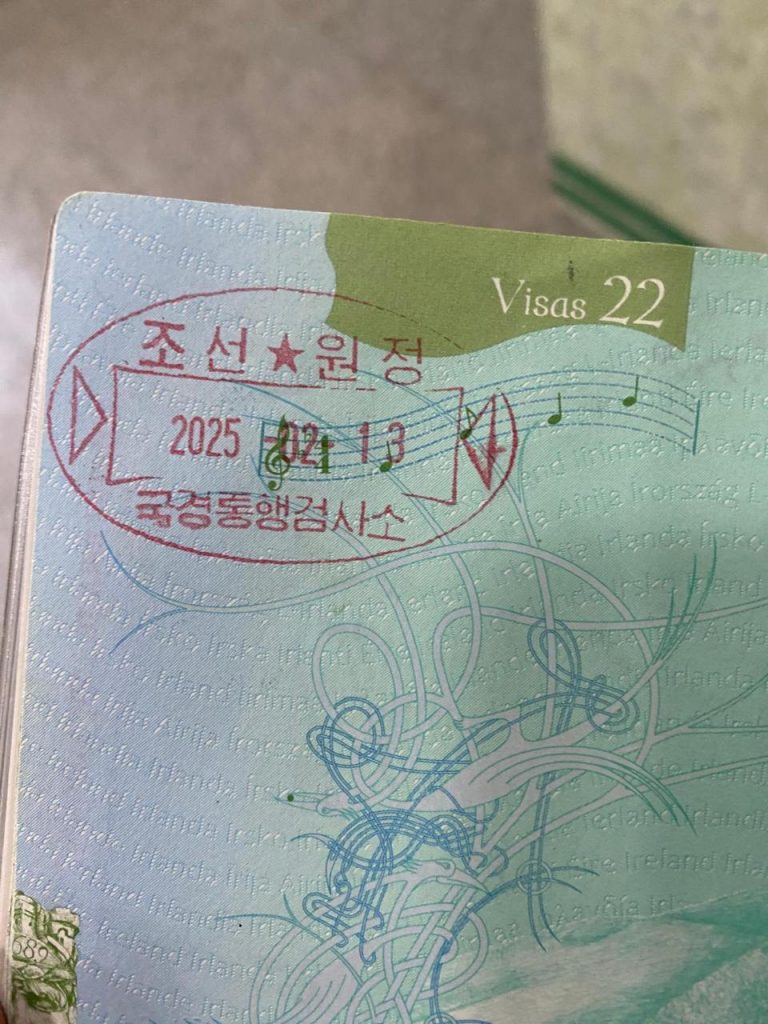
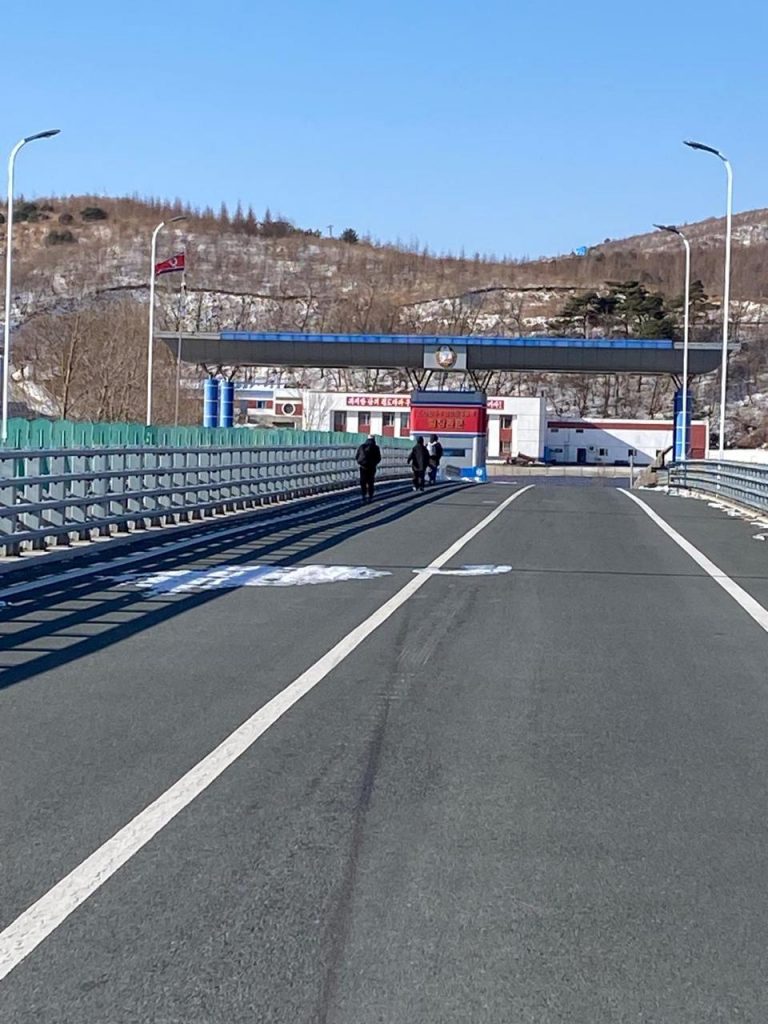
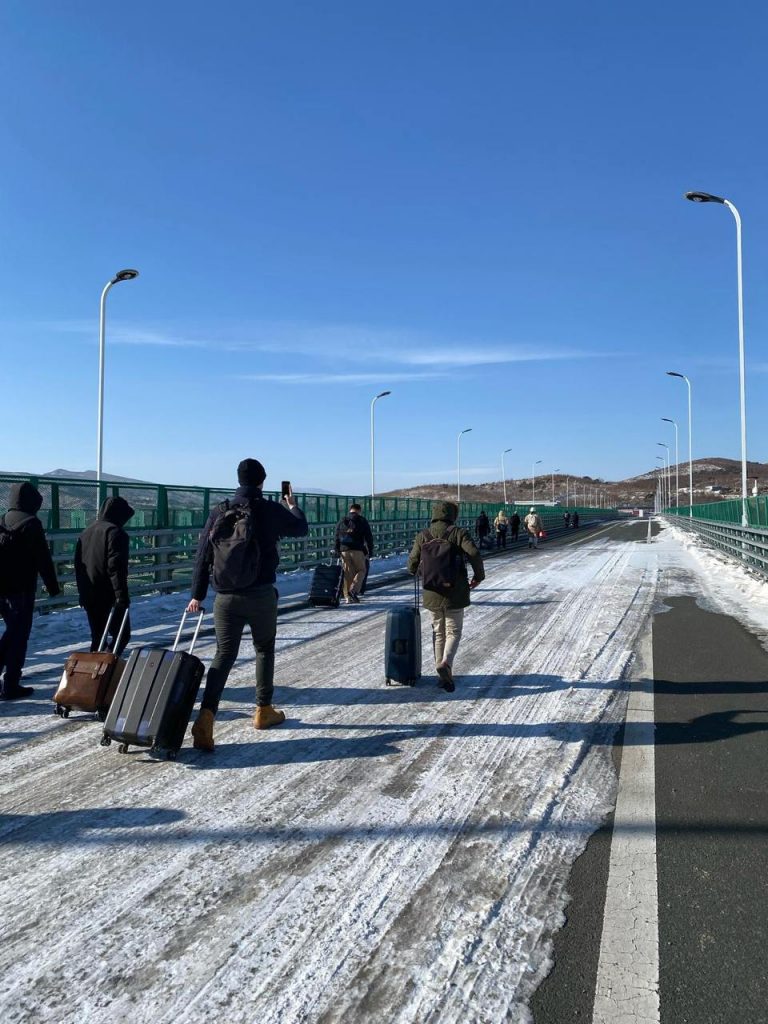
Life Under Watchful Eyes in Rason
Upon entering North Korea, we were greeted by our official guides, who would accompany us throughout our stay. Along with drivers and minders, they ensured we were closely monitored at all times. The feeling was a mixture of hospitality and surveillance, a balance that is part of every foreign visit to North Korea.
This dual role, being treated as guests but also subjects under watch is something travelers to the DPRK must accept. It can be disconcerting, but it is part of the experience.
Returning after five years, I found the country both familiar and different. My first visit in 2008 was under the leadership of Kim Jong Il. I remember watching the announcement of Kim Jong Un’s emergence on television while staying at the Koryo Hotel in Pyongyang. The waitresses reacted like pop fans at a concert.
Over the years, I witnessed many changes. Pyongyang’s Ryugyong Hotel received a makeover, and tourism slowly liberalized. But this latest visit made it clear that, at least in terms of openness, the country had tightened controls again.
Popular sites such as the Rajin Railway Station were off-limits, and local markets where visitors could blend in and shop freely were closed. These restrictions might seem minor, but in a place like Rason with few attractions, they had a significant impact on the visitor experience.
Making the Most of Limited Options
Despite these constraints, we tried to make the most of our six days. One highlight was attending a Taekwondo performance. The choreography was highly controlled, but the energy was genuine and impressive.
Another meaningful moment was leading an English class at a local school. The students, though disciplined, shared dreams similar to children anywhere else. They spoke about their desired professions and countries they hoped to visit, a reminder of the universality of childhood hopes despite living under an authoritarian regime.
At the Golden Triangle Bank in Rason, I was issued a North Korean debit card. The card could only be used locally, not elsewhere in the country, underscoring the unique status of Rason. We also exchanged money at the so-called “black market” rate, a reminder of the informal economy’s importance here.
National Holidays and the Culture of Control
Our visit coincided with the birthday of Kim Jong Il, formerly known as the “Day of the Shining Star.” This is one of North Korea’s most important holidays, marked by patriotic displays and government propaganda.
The streets were decorated with flags and banners celebrating the ruling Workers’ Party. We participated in customary rituals, including bowing before statues of Kim Il Sung and Kim Jong Il and laying flowers.
Some visitors may find such ceremonies uncomfortable or question their appropriateness. I have always felt that respecting local customs is essential. If you want to understand North Korea, engaging with these rituals is part of the experience.
Later, we observed the “mass dancing” event, where locals dressed in their best clothes performed choreographed dances to revolutionary songs. It was surreal, especially in the cold winter air of northeast North Korea.
In Rajin’s central square, there were more familiar festivities like horse riding and even a lottery with a flat-screen TV as the grand prize. Though I didn’t win, it was an unusual glimpse of everyday life during a national holiday.
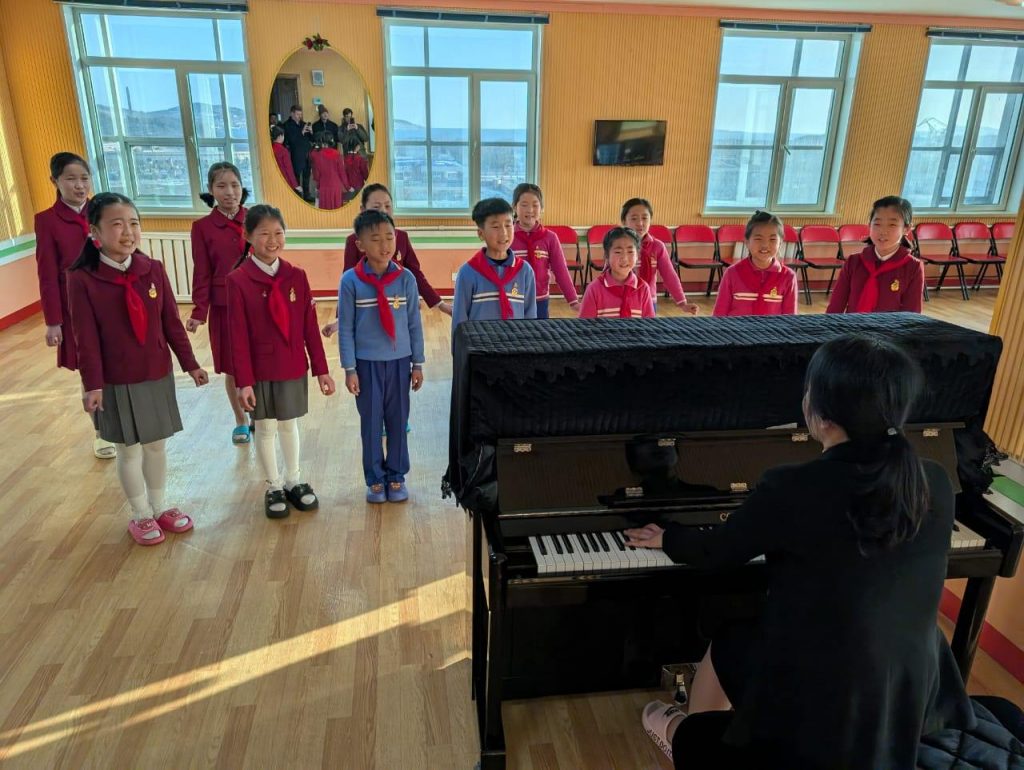
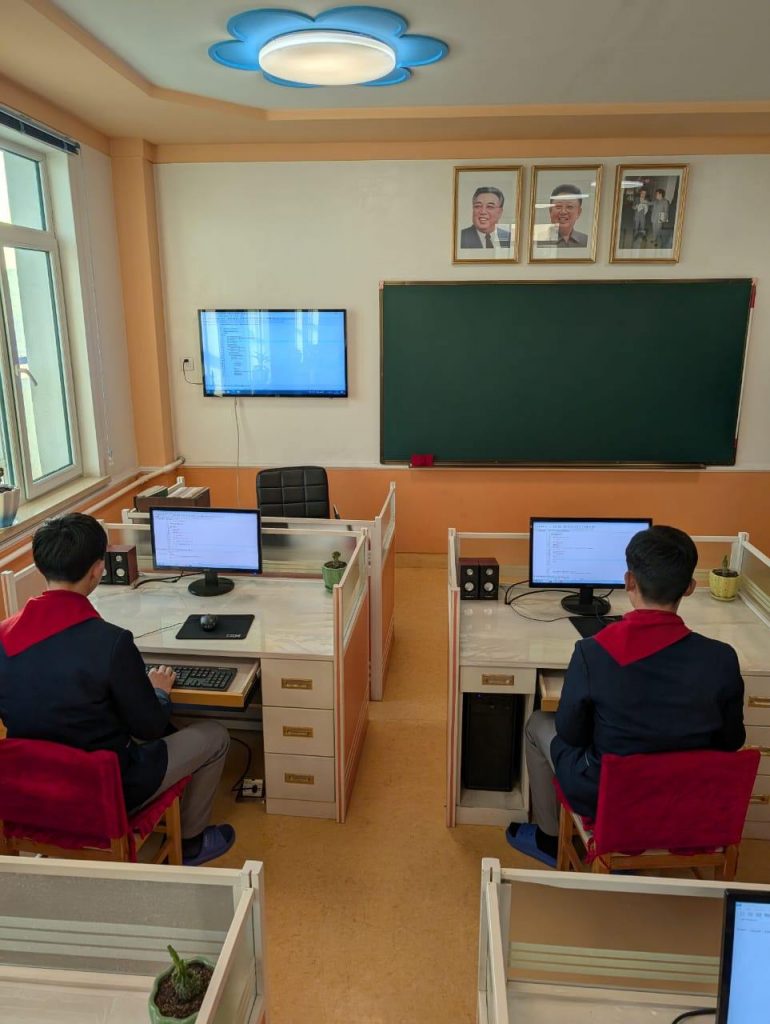
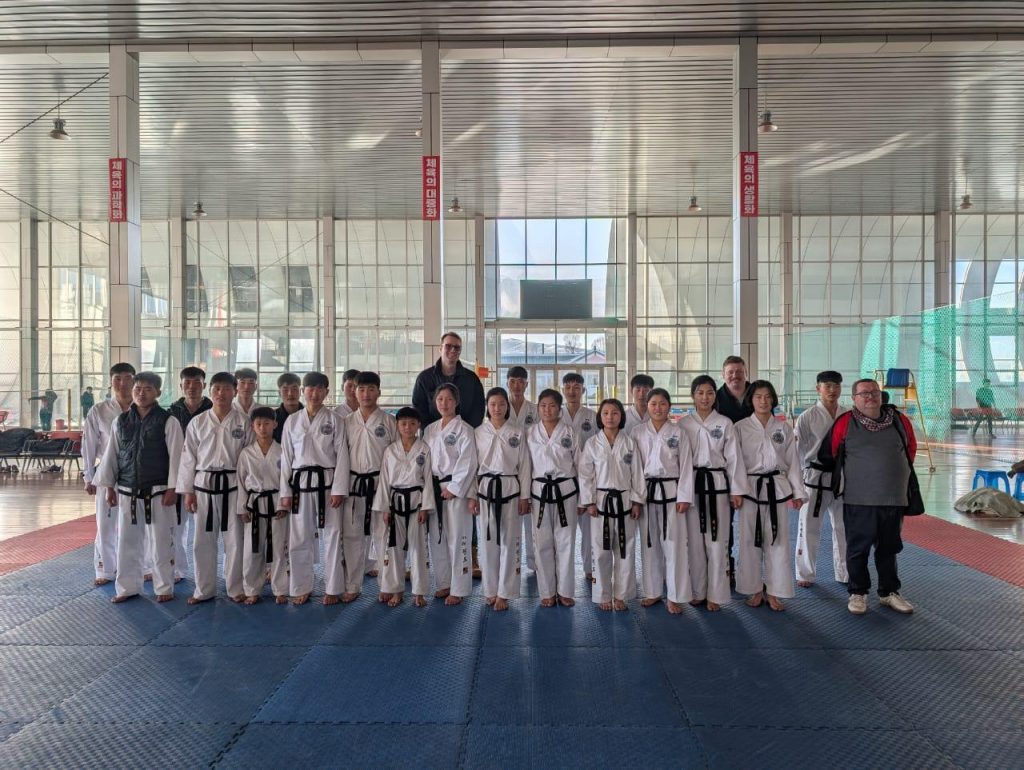
Negotiating Tourism’s Future
The main purpose of our trip was to negotiate the reopening of the region to tourism. After extensive discussions, we secured an agreement that momentarily raised hopes.
Celebrations followed at the Rason Brewery, producers of Tummangang Beer. This beer, now exported to Chinese cities like Dandong and Yanji, is distinctive because it is unpasteurized and spoils quickly. Drinking local beer in North Korea was a rare moment of normalcy in an otherwise controlled environment.
The final meal overlooking the beach featured authentic North Korean cuisine. Kimchi had a homemade quality, and soju tasted different from what I had tried in South Korea.
Our guides, often called “minders,” showed their human side. Despite their official roles, they have hopes and friendships, some lasting nearly 15 years in my case. These relationships are fragile, but meaningful.



Departure and the Future of North Korea Tourism
Leaving North Korea was easier than expected. Immigration and customs waved us through quickly, a departure from previous visits.
On the Chinese side, curiosity about our experiences was high. Most Chinese avoid crossing into North Korea, despite the proximity.
Our drive back was quiet, filled with reflections on the surreal nature of the trip and anticipation of returning to the familiar comforts of the outside world.
We welcomed our first post-reopening group four days later, but tourism did not last. After the second group finished their tours, the border closed again.
Reasons for the renewed closure remain unclear. Rumors point to concerns about social media influencers, health fears like monkeypox, or political tensions with China.
After 17 years traveling to North Korea, I have learned that very little about the country’s inner workings is predictable or transparent. What remains certain is that North Korea continues to surprise those who engage with it, and the future of tourism here remains as uncertain as ever.
